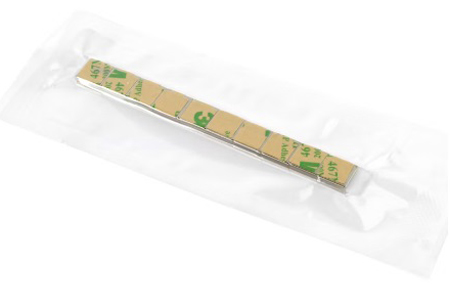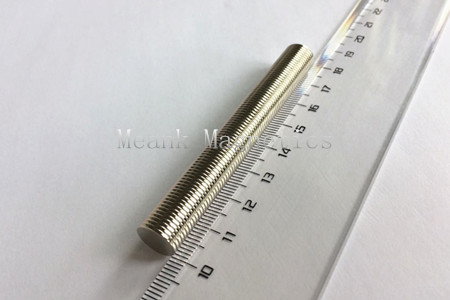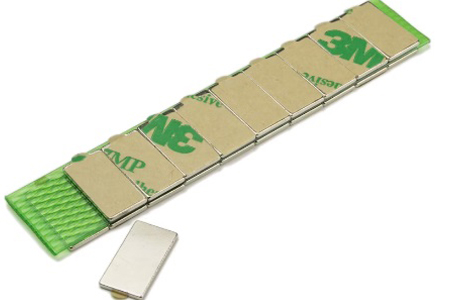Modern
magnet assemblies are descended from lodestones, the naturally magnetized pieces of iron ore than ancient people used as compasses. The earliest lodestone compasses were used by the ancient Greeks, by ancient Chinese mariners, and by the people of ancient India. The word magnet entered the English language as a member of late Middle English. It had reached this level of celebrity because by the 12th and 13th centuries, mariners all over the world were using magnetic compasses. While they used magnetism, though, they did not necessarily know how magnetism actually worked.
The first person to study magnetism at length was William Gilbert, who in 1600, discovered how temperature affects magnetism, as well as some ways to make magnets. He even discovered that the earth is magnetic. He published his findings in his paper De Magnete, Magneticisque Corporibus, et de Magno Magnete Tellure (On the Magnet and Magnetic Bodies, and on the Great Magnet the Earth).
In 1819, Danish scientist and professor Hans Christian Ørsted accidentally discovered that you can create a magnetic field when you place a magnet near an electrical current. After that, many other scientists conducted experiments of their own to learn more about magnetism and electromagnetism. Based on their discoveries, scientists and engineers of the 1800s were able to create some simple magnet-dependent machines and basic electromagnetic generators.
During the 20th century, after discoveries by scientists like J.J. Thomson and James Clerk Maxwell, engineers were able to create more modern magnetic assemblies. Superconductor magnets, for example, were theorized in 1911, though they were not made properly until 1954. Things really took a turn in the late 20th century, when scientists discovered rare-earth magnets. Rare earth magnets are among the most powerful industrial magnets. In 1982, a team of scientists of General Motors and Sumitomo Special Metals developed the neodymium magnet as a more cost-effective alternative to the samarium–cobalt magnet.
Since the discovery and development of rare earth magnets, magnet manufacturers have been able to create much more powerful and diverse assemblies. In 2010, manufacturers harvested over 129,000 metric tons of rare earth metals. Today, custom magnet assemblies are extremely important elements in our world, as they help power machines, electronics, cars, airplanes, medical devices, and more.




